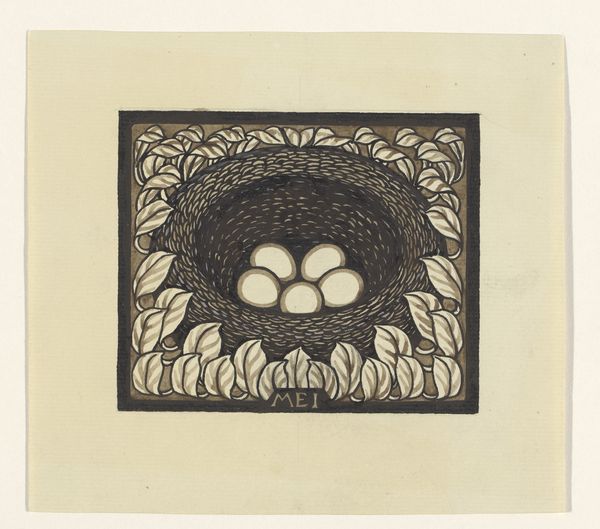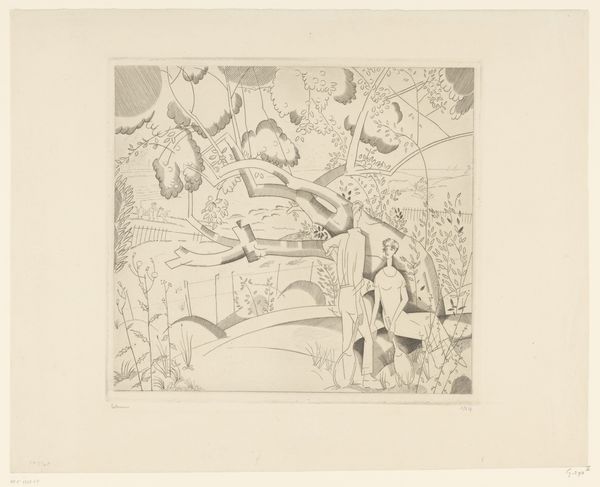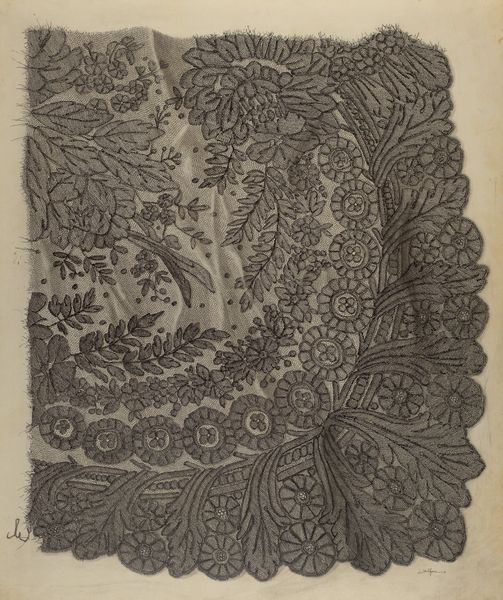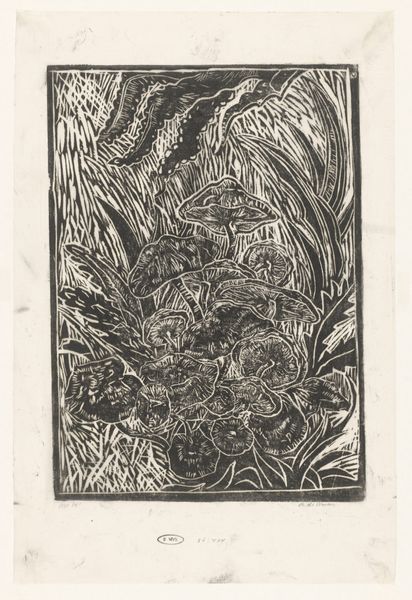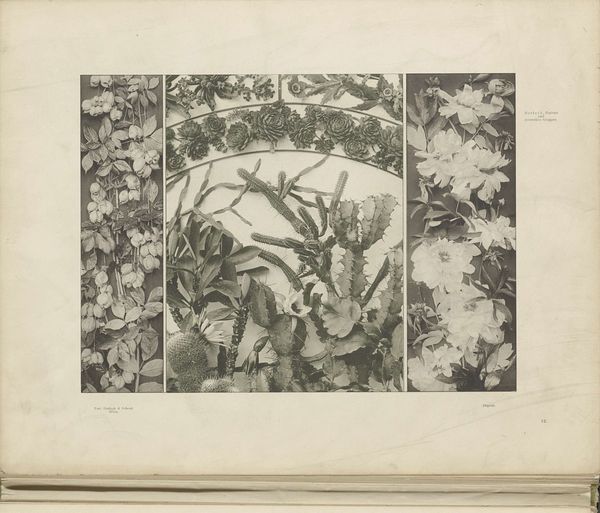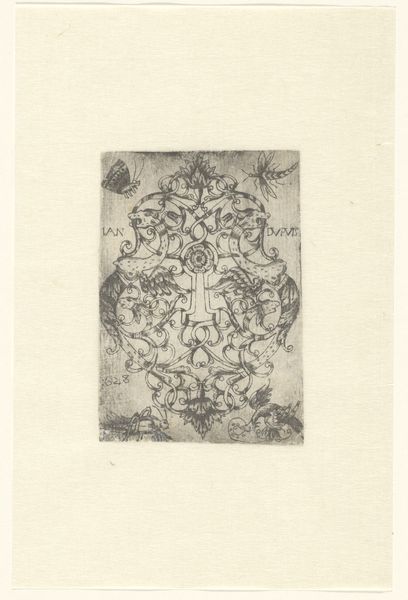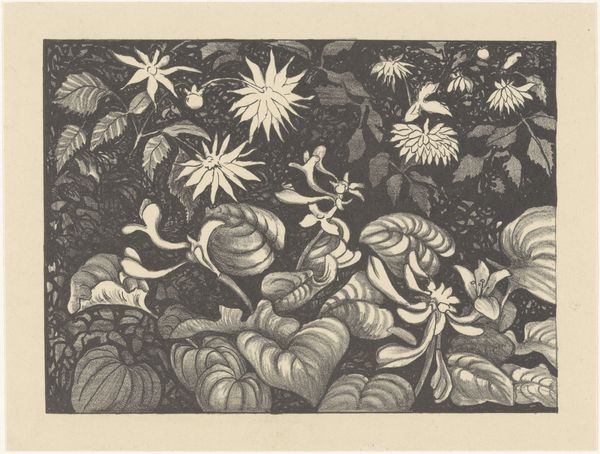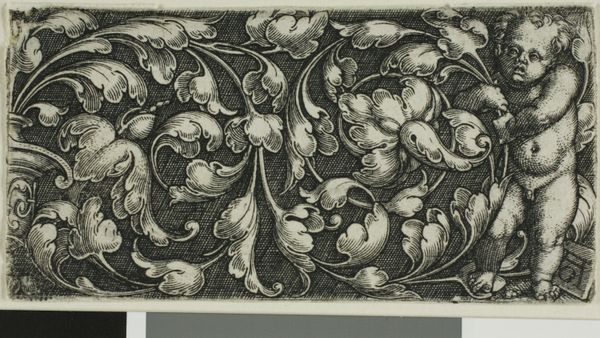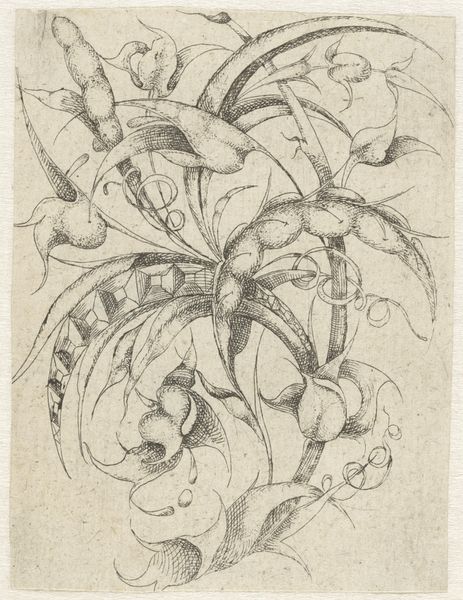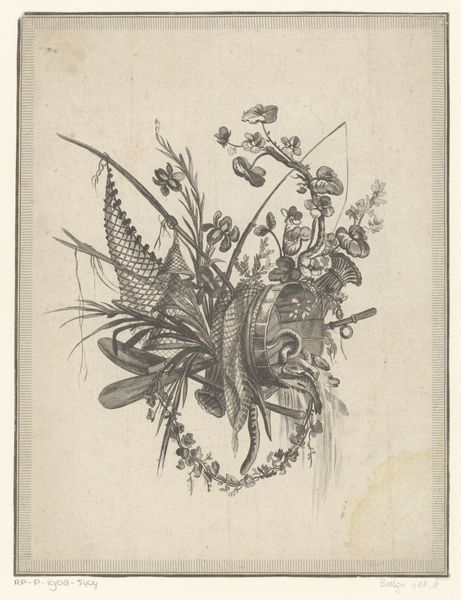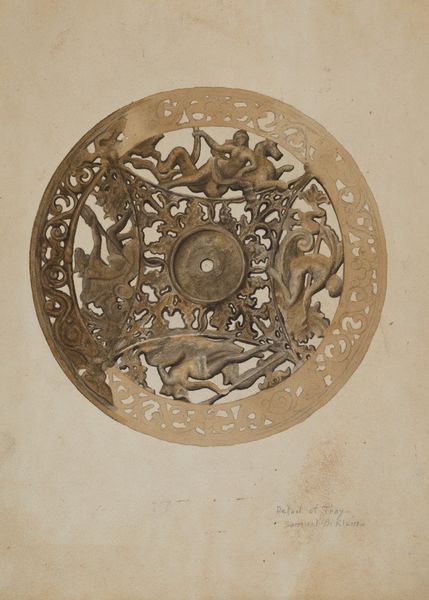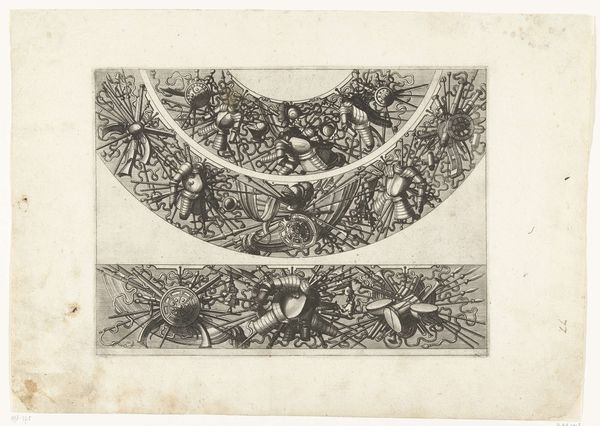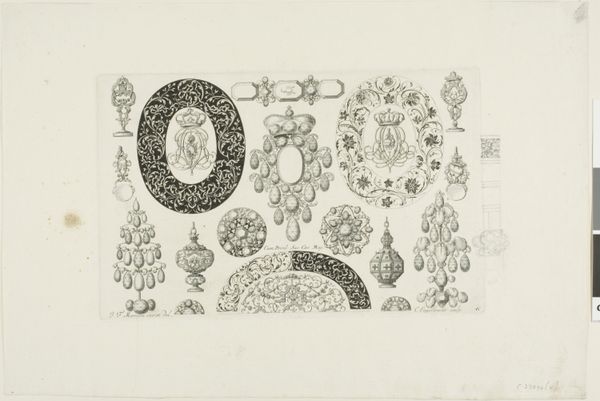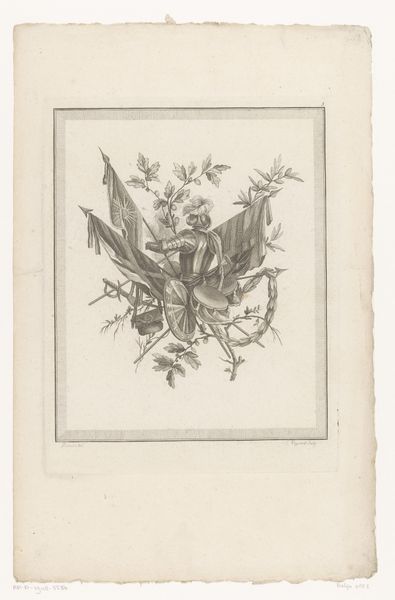
drawing, carving, dry-media, pencil
#
pencil drawn
#
drawing
#
carving
#
landscape
#
dry-media
#
coloured pencil
#
geometric
#
pencil
Dimensions: overall: 40.2 x 53.7 cm (15 13/16 x 21 1/8 in.) Original IAD Object: 6" high; 9" wide
Copyright: National Gallery of Art: CC0 1.0
Curator: Welcome. Before us is “Carved Stone Pattern,” a pencil drawing completed circa 1938 by Helen Alpiner Blumenstiel. It seems to depict a carved relief panel. Editor: Immediately, I’m struck by the density of detail. The tonal range achieved with pencil creates a surprisingly sculptural effect. There’s a tension between the flatness of the drawing surface and the illusion of depth. Curator: The historical context is important here. Blumenstiel, a Jewish woman working in the mid-20th century, navigated a complex world. One could argue that this piece speaks to the tradition of craft and labor considered appropriate for women at the time, but simultaneously transcends it with its intricacy. How do you see that tension manifest formally? Editor: The intertwining of naturalistic elements with a rigid, geometric framework seems crucial. Birds, branches, berries... there's an almost claustrophobic quality created by this tightly packed composition. It suggests both abundance and constraint. Curator: Yes, and the "carved stone" motif itself can be interpreted. Carved stone carries associations of permanence, history, even power. For a woman artist to engage with this imagery is, in a way, staking a claim to these attributes, subverting gendered expectations about women’s fragility and their associations with temporary art forms, like textiles. Editor: The limited palette focuses attention on line and texture. There’s something about the light and shadow play that almost tricks the eye into perceiving a real carving. The effect is almost trompe l’oeil. Curator: That illusion is key to understanding the power dynamics here. The very act of representing a traditionally masculine art form – stone carving – via a medium readily accessible to women allows Blumenstiel to comment on the accessibility, or lack thereof, in these creative industries. Editor: Reflecting on this artwork, I find it remarkable how the artist merges the language of sculpture with the intimacy of drawing, really creating an almost uncanny visual experience. Curator: Precisely. By appropriating traditionally masculine modes of artistic expression and depicting motifs laden with symbolic weight, she articulates her personal vision of permanence, power, and, most importantly, a visual testament to a Jewish woman carving her place in history.
Comments
No comments
Be the first to comment and join the conversation on the ultimate creative platform.
